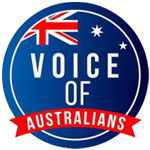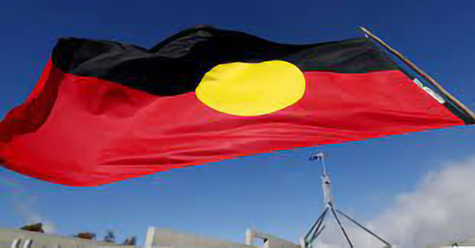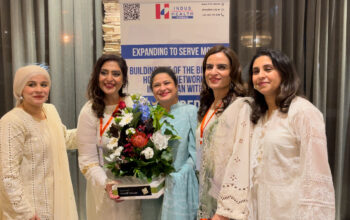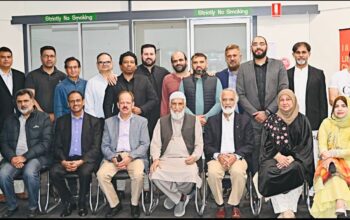Aboriginal flag ‘freed’ for public use in $20 million Federal Government copyright deal
The Aboriginal flag can now be freely used like the national flag after the Federal Government bought the copyright in a historic deal with the emblem’s creator.
The $20.05 million deal ends ongoing controversies over the flag’s use stemming from non-Indigenous company WAM Clothing buying the exclusive rights to the flag in November 2018.
The licence had meant anyone wishing to use the flag on clothing or in physical and digital media had to ask permission and pay a fee. Several organisations were sent cease-and-desist notices.

But with the transferral of the copyright to the Commonwealth, Prime Minister Scott Morrison said the flag had been “freed” for all Australians, allowing it to be used “in a similar manner to the Australian National Flag”.
That includes use on sporting jerseys and grounds, websites, paintings and other artworks, without asking for permission or paying someone.
The AFL in 2020 notably refused to pay the licenceholder to fly the flag or paint it in the centre circle, in support of the growing Free the Flag campaign by Spark Health’s Clothing the Gap.
The flag’s creator, Luritja artist Harold Thomas, said he hoped the arrangement would provide comfort to Aboriginal people and other Australians to use the flag “unaltered, proudly and without restriction”.
“I am grateful that my art is appreciated by so many, and that it has come to represent something so powerful to so many,” he said, in a government statement announcing the purchase.
“The Aboriginal flag design is my dreaming, intertwined with my wife’s family and mine, our ancestral belonging. The land, and the landscape, is indelible in my make-up; it courses through my consciousness and subconsciousness.
“The flag represents the timeless history of our land and our people’s time on it. It is an introspection and appreciation of who we are. It draws from the history of our ancestors, our land, and our identity and will honour these well into the future.”

Indigenous Australians Minister Ken Wyatt said the flag was an enduring symbol close to the heart of the Aboriginal people but securing the copyright was important for all Australians.
“Now that the Commonwealth holds the copyright, it belongs to everyone, and no one can take it away,” he said, in a statement.
The flag incorporates three elements — red land, Black people and yellow sun — and its “simplicity is the strength of it”, according to its creator.
It was made to lead a demonstration in Adelaide in 1971 on National Aborigines Day, the forerunner of NAIDOC (National Aboriginal and Islander Day Observance Committee) Week, but had its roots in the march from the year before.
“There was a gathering of Aboriginals around Australia in capital cities to stand up and to be counted,” Thomas said, describing the flag as a symbol of unity and pride.
“I said ‘I’m proud I’m Aboriginal, I’m proud I’m Black and I got something to be grateful for about our heritage and our culture’.
“So that’s possibly the centre and the reason why the Aboriginal flag came into being.”
Thomas retains moral rights over the flag but its use will no longer be restricted by WAM Clothing or any other company.
“I still own the elements of it, the integrity of it, that it’s my design,” he said.
“And it comes from my household, which is an Aboriginal family household.
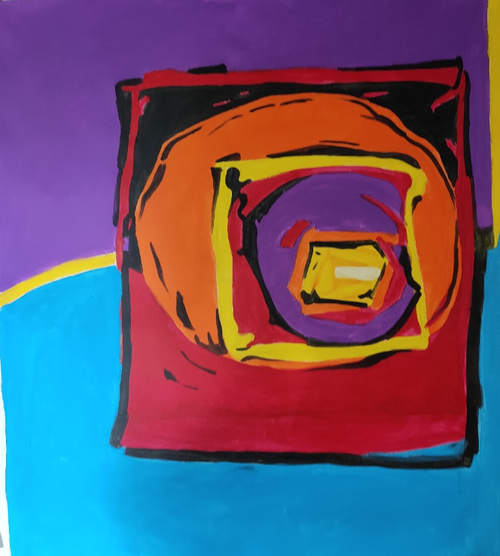
“And it’s important to say this, the Aboriginal family household are the fundamental keepers of the culture of the Aboriginal people.”
A spokesperson for the Indigenous Australians Minister’s office said the total cost included a payment to Thomas for the copyright and “payments to the licensees for termination of their licences”.
According to the government, Thomas has indicated he’ll use $2 million to establish an Australian Aboriginal Flag Legacy not-for-profit.
The artist will give an original painting to the Commonwealth for initial display at Parliament House and says he plans to hold onto a non-fungible token (NFT) of the flag, minted on December 21, on behalf of Indigenous communities.
The government said Carroll and Richardson Flagworld would remain the “exclusive licensed manufacturer and provider” of Aboriginal Flags and buntings but any future royalties received by the Commonwealth would go towards NAIDOC.
